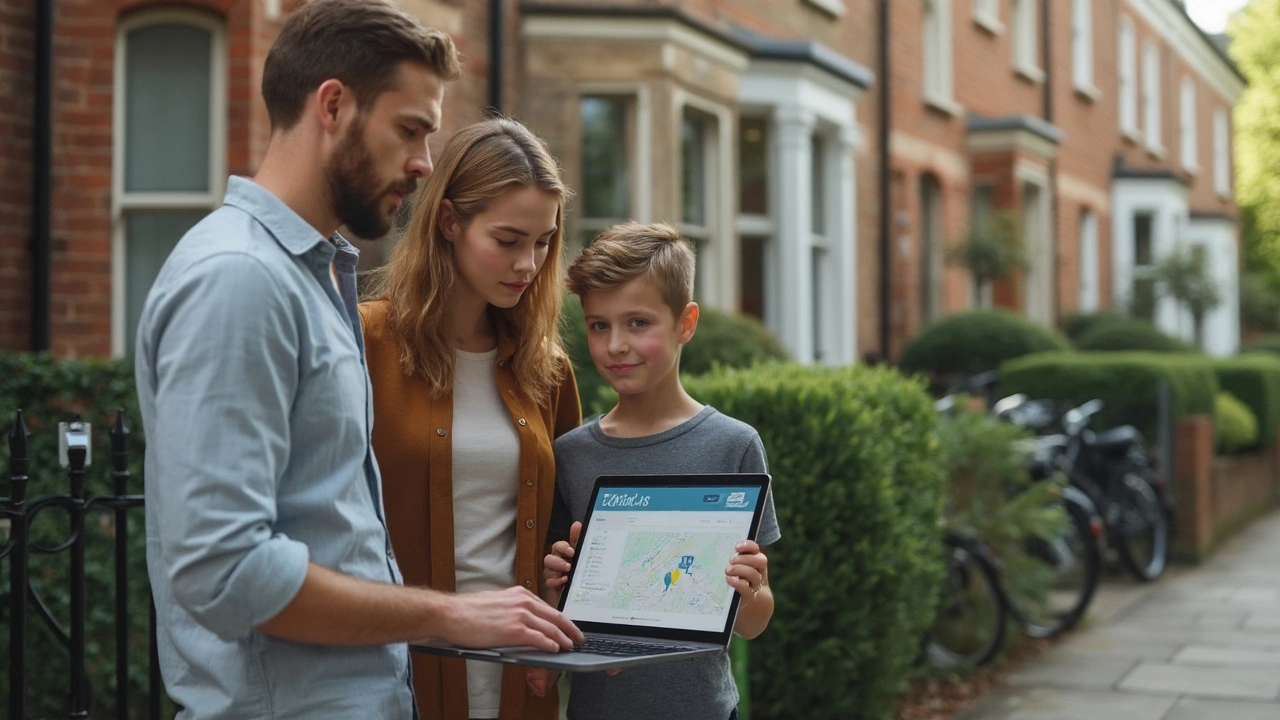Zestimate Accuracy: How Reliable Is Zillow’s Home Value Estimate?
If you've ever searched a house on Zillow, you’ve seen the big orange number called a Zestimate. It looks like a quick answer to "how much is this place worth?" but how close is it to the true market value? In this guide we’ll break down what drives the Zestimate, why it can swing wildly, and what you can do to double‑check the figure before you make a move.
What Goes Into a Zestimate?
Zillow pulls data from public records, recent sales, tax assessments, and even user‑submitted info. The algorithm weighs things like square footage, number of bedrooms, lot size, and location. It also looks at nearby comparable sales—what real‑estate pros call "comps." If any piece of data is missing or outdated, the model fills the gap with averages, which can push the estimate off target.
Another hidden factor is the age of the home. Older houses often have fewer recent sales nearby, so the algorithm relies more on broad trends. Renovations, extensions, or unique features (like a loft or a garden pond) aren’t always captured, and they can make the Zestimate feel out of sync with reality.
How Accurate Is It, Really?
Studies show Zillow’s nationwide median error hovers around 5‑10 % for homes with plenty of recent sales data. In hot markets where prices jump fast, the error can climb to 15 % or more. For rural or historic areas with few comparable listings, the margin widens further. In other words, the Zestimate gives you a ballpark, not a final price tag.
One practical test: look at a home you know well—maybe one you just sold or bought. Compare the final sale price to the Zestimate at the time of listing. If the difference is under 5 %, you’re in the sweet spot. Bigger gaps mean you should dig deeper.
So, should you trust the Zestimate? Use it as a starting point, but never as the sole decision maker. Pair it with a professional appraisal, a local real‑estate agent’s market analysis, or even a quick manual comps search on sites like Rightmove or Zoopla. Those sources often capture recent price swings and local nuances that the algorithm misses.
When you’re a buyer, ask the seller for their own property valuation report. When you’re a seller, consider ordering a formal appraisal to set a realistic asking price. Both steps help you avoid surprises that can happen when the Zestimate is off.
Bottom line: the Zestimate is a useful tool, but it’s only as good as the data feeding it. Treat it like a compass—not a map. Check it against local comps, talk to a qualified agent, and get a professional opinion before you sign any contracts. That way you’ll know exactly where you stand in the market and can negotiate with confidence.

Is a Zillow Estimate Accurate? What You Need to Know Before You Trust the Zestimate
Curious if you can trust Zillow’s Zestimate when figuring out your home’s value? This article breaks down how the popular tool works, what data it uses, and how accurate it really is. We’ll look at the pros and cons of depending on Zestimate versus getting a real appraisal, and share some smart tips on how to double-check your home’s value. Whether you’re selling, buying, or just nosy about your neighbor’s house, you’ll get honest advice you can use.